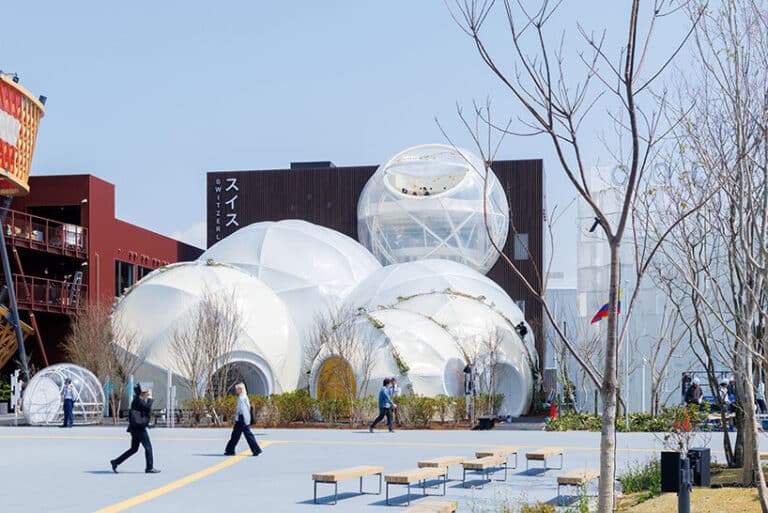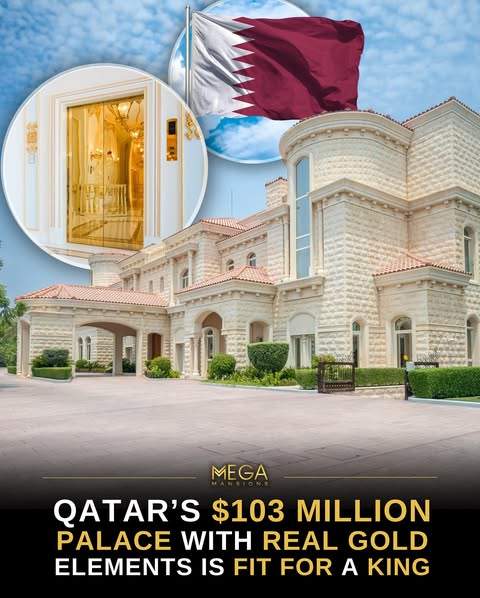In recent years, Mumbai has witnessed a noticeable shift in the architectural designs of residential buildings. One standout example is the Mumbai Pink Tower, a pink tiered tower that breaks away from the monotony of grey high-rises dominating the city’s skyline. This structure is not just another addition to Mumbai’s urban landscape; it combines visual appeal with practical functionality, making it a focal point for rethinking urban design. In this article, we will explore the unique features of this project, its impact on the urban environment, and the challenges it addresses.
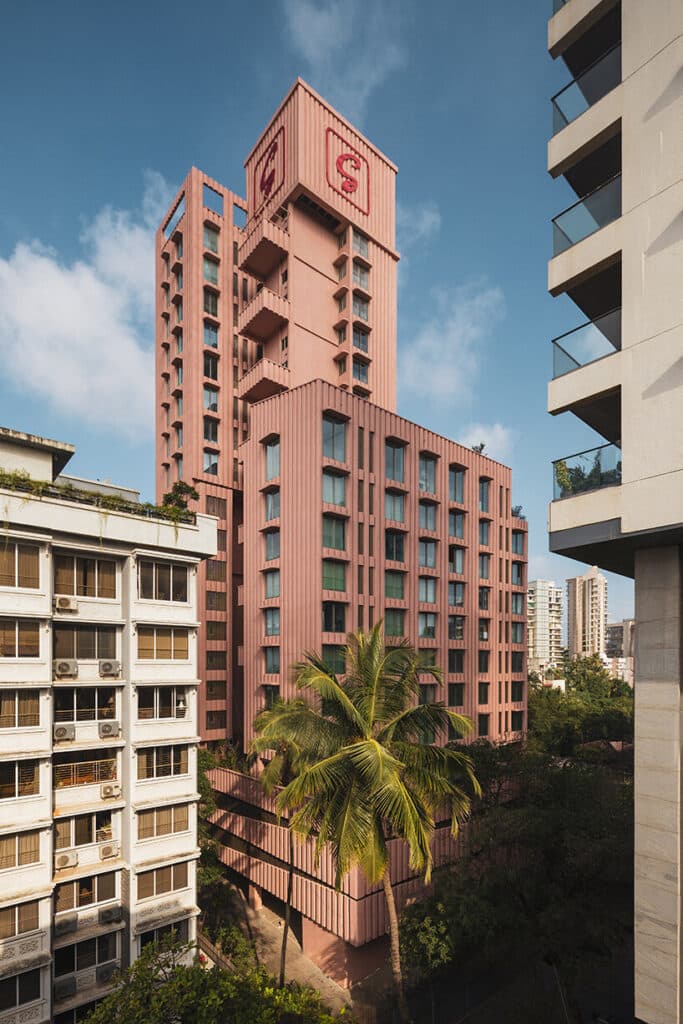
1. Design Features: Balancing Beauty and Functionality
The Mumbai Pink Tower stands out due to its innovative design, which incorporates stepped layers and a sculptural form. Standing at 22 stories and nearly 90 meters tall, the building features a striking pink facade inspired by India’s national flower, the lotus.
- Exterior Design : The pink hue is more than an aesthetic choice; it reflects cultural symbolism. The building’s curved concrete overhangs and fluted surfaces give it a dynamic appearance that changes with the light.
- Interior Layout : The first three floors serve as the building’s base, housing shared recreational areas, walking paths, and green spaces. The upper floors include residential units, ranging from compact apartments to spacious four-bedroom layouts.
| Design Element | Description |
|---|---|
| Tiered Layers | Provide a dynamic look and enhance natural ventilation and cooling. |
| Pink Facade | Inspired by the lotus, adding cultural and aesthetic value to the Mumbai Pink Tower. |
| Green Spaces | Create calm environments within the bustling cityscape. |
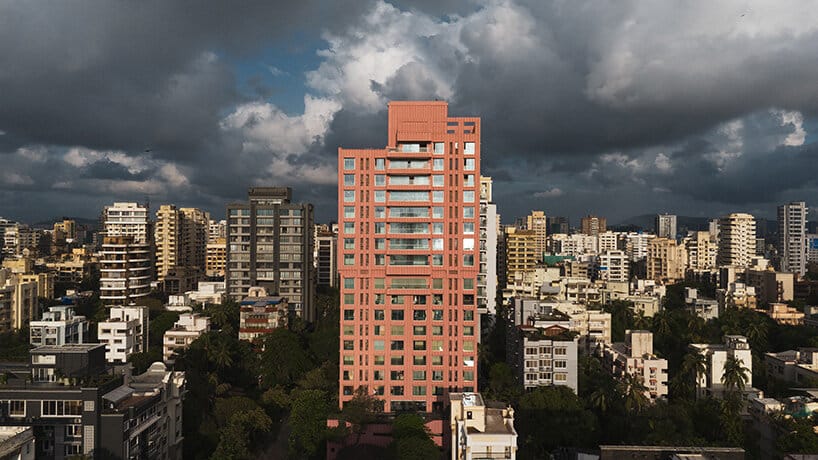
2. Location and Community Impact
The Mumbai Pink Tower is located in one of Mumbai’s most densely populated areas, highlighting the importance of sustainable urban design.
- Shared Spaces : The ground-level design includes small gardens and walking tracks, offering residents a peaceful retreat amidst the city’s chaos.
- Social Interaction : Beyond providing housing, the building fosters community engagement through features like herb gardens that encourage biodiversity and interaction among residents.
According to a report by India’s Ministry of Housing, “Sustainable designs that integrate green spaces are essential for improving quality of life in large cities.” [Source: Ministry of Housing, Government of India].
3. Challenges Faced in Modern Design
Despite its many strengths, the Mumbai Pink Tower project encountered several challenges during development:
- High Costs : The use of modern materials and advanced construction techniques increased the overall cost of the project.
- Cultural Identity : As cities evolve rapidly, maintaining elements that reflect local culture remains a priority.
- Resistance to Change : Some residents may prefer traditional designs due to familiarity, making it harder to adopt new ideas.
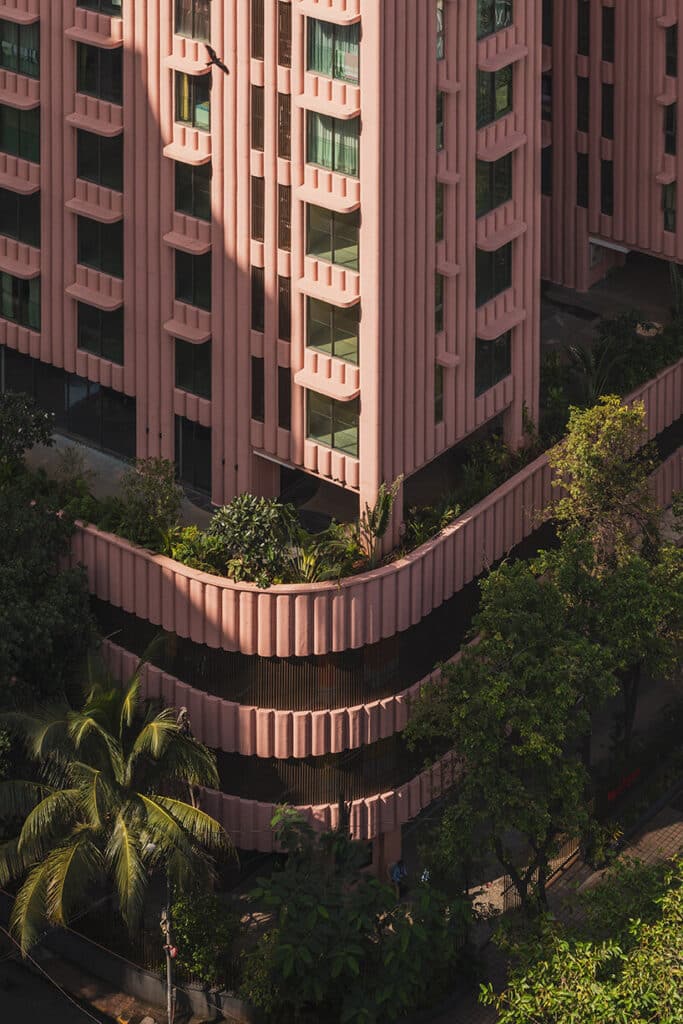
4. Future Implications for Architecture
The Mumbai Pink Tower represents a significant step toward developing a new architectural language in India. It demonstrates that innovation can coexist with cultural roots.
- A New Urban Model : This project could serve as a blueprint for future residential buildings, particularly in densely populated cities facing space constraints.
- Environmental Sustainability : By focusing on green spaces and sustainable materials, the design sets a precedent for eco-friendly urban architecture.
Frequently Asked Questions (FAQ)
- What is the main purpose of this tower’s design?
- The design of the Mumbai Pink Tower aims to balance aesthetics and functionality while reflecting local cultural identity.
- How does the tower improve quality of life?
- It offers green spaces and shared recreational areas, creating a peaceful environment in a busy city.
- Is the design expensive to implement?
- Yes, the use of modern techniques and materials increases costs.
- Can this tower inspire future projects?
- Yes, the Mumbai Pink Tower provides a model for sustainable and innovative designs in urban settings.


Summary Table of Key Points
| Topic | Details |
|---|---|
| Unique Design | Tiered structure with a pink facade inspired by the lotus, plus green spaces. |
| Community Benefits | Enhances social interaction and reduces stress in crowded urban areas. |
| Challenges | Includes high costs and the need to preserve cultural identity. |
| Future Impact | Serves as a model for sustainable and culturally relevant urban design. |
In conclusion, the pink tiered tower is more than just a new structure in Mumbai. The Mumbai Pink Tower exemplifies how thoughtful design can address the needs of both people and the environment, setting a benchmark for future urban development.



